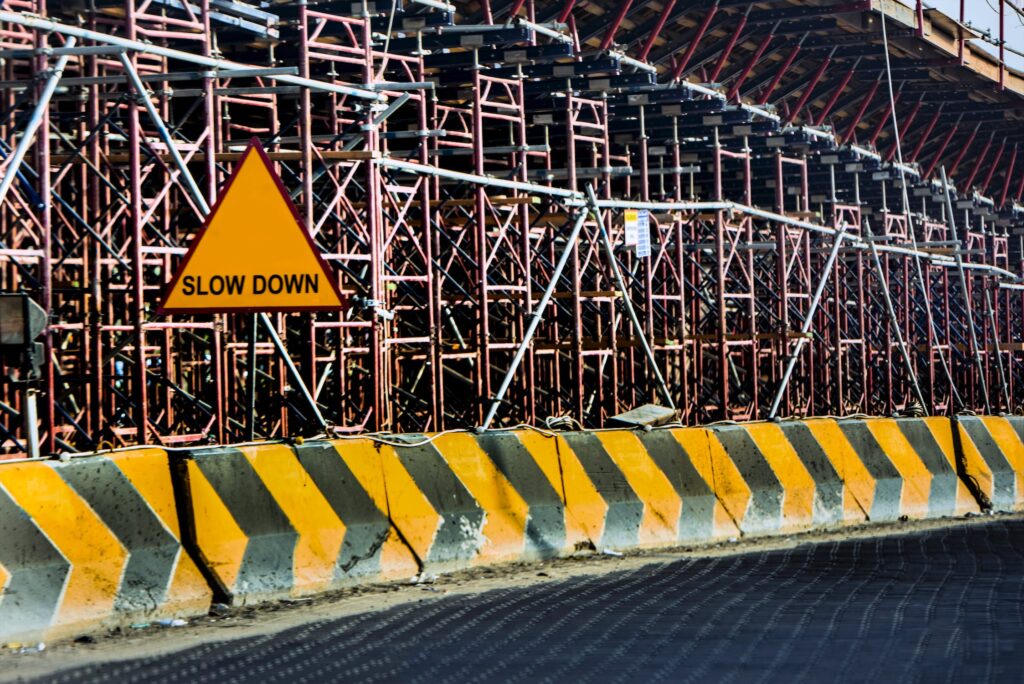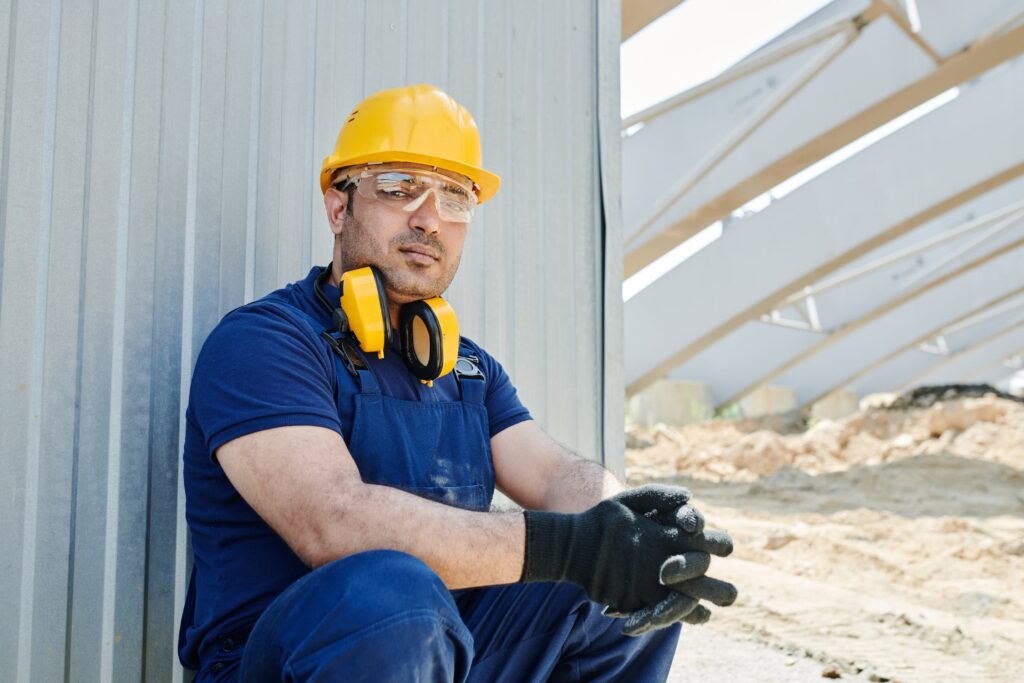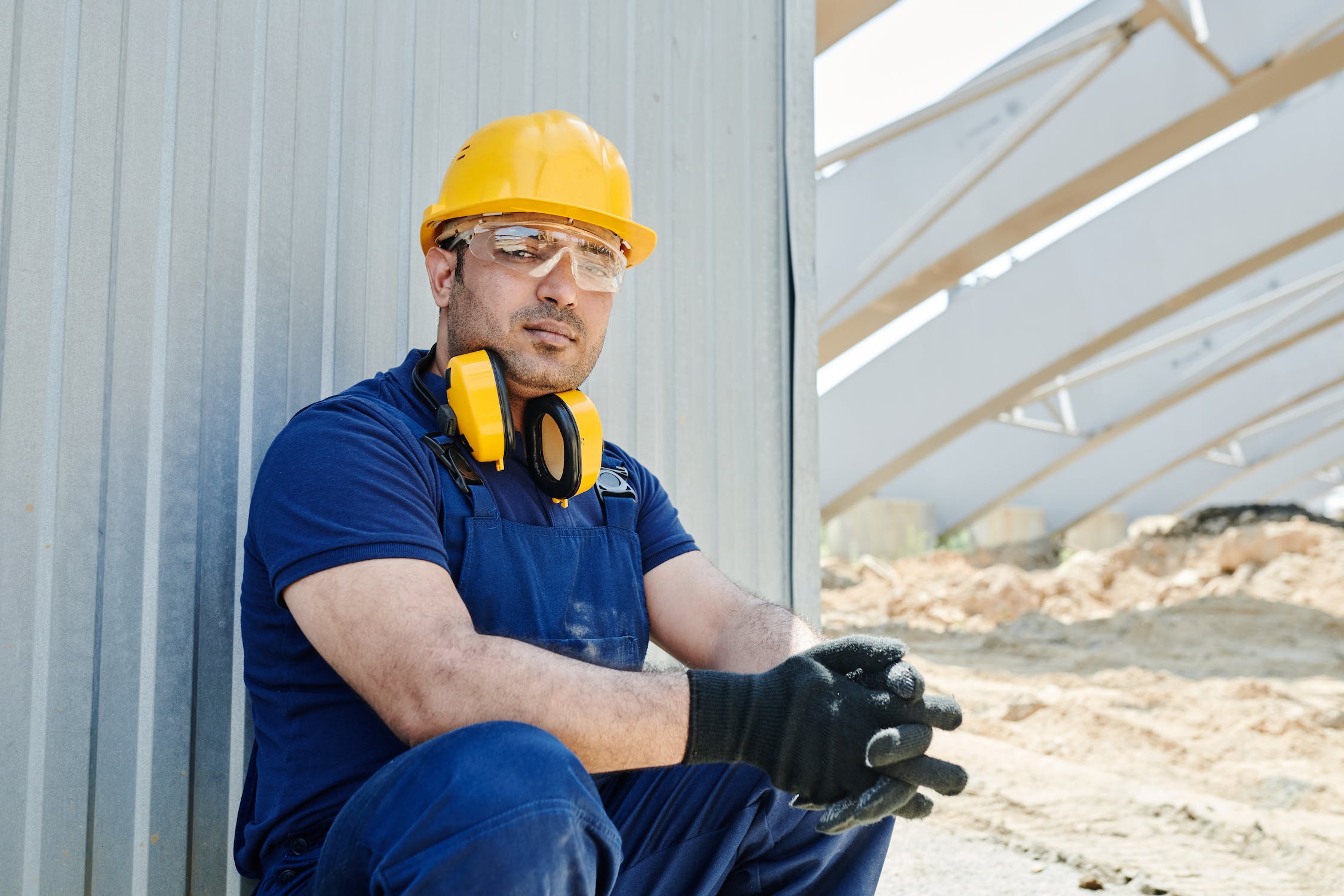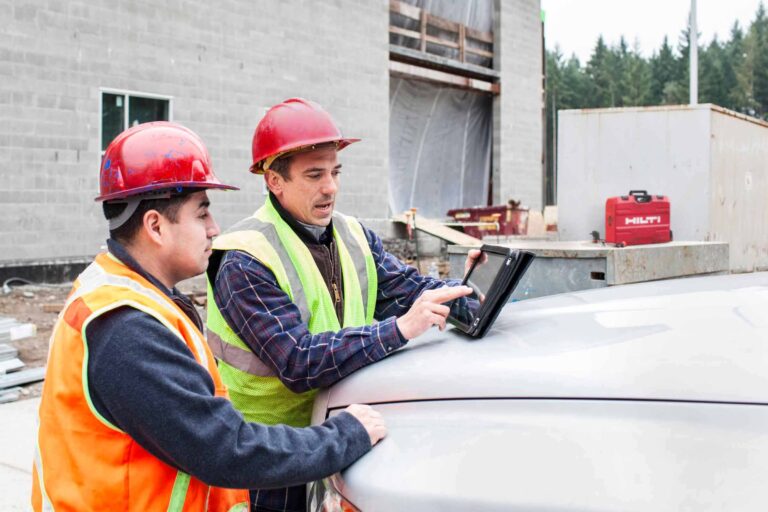The building and construction industry is a crucial sector that has a significant impact on the economy. However, it is also one of the most hazardous industries due to the many risks associated with construction activities. Construction workers face various risks every day, such as falls from heights, electrocution, machinery accidents, and exposure to hazardous materials. Therefore, ensuring safety in the construction industry is critical to prevent accidents, injuries, and fatalities. This blog will discuss the importance of safety in the building and construction industry and how to maintain a safe worksite.

Why Safety is Critical in the Building and Construction Industry
The construction industry is inherently risky, and workers face potential dangers every day. As a result, ensuring safety in the construction industry is not only a moral obligation but also a legal requirement. Here are some reasons why safety is critical in the building and construction industry:
Protecting Workers: Safety measures protect workers from accidents, injuries, and fatalities, ensuring that they return home to their families safe and sound. Moreover, injuries and accidents can result in loss of income, medical bills, and long-term disabilities, affecting workers’ quality of life.
Reducing Costs: Accidents and injuries can lead to costly legal battles, medical bills, and compensation claims. By ensuring safety in the construction industry, employers can avoid these costs and improve their bottom line. Here are some ways in which a focus on safety can lead to cost reductions:
- Lower Insurance Premiums: Construction companies that prioritise safety are more likely to have lower insurance premiums. Insurance companies consider the company’s safety record when determining premiums. Therefore, companies that have a history of accidents and injuries are likely to have higher insurance premiums.
- Fewer Claims: By ensuring safety on the worksite, construction companies can reduce the number of claims filed by workers due to injuries and accidents. Fewer claims lead to lower legal costs and compensation payouts, reducing overall costs.
- Reduced Downtime: Accidents and injuries can result in downtime, which can cause project delays and increased costs. By ensuring safety on the worksite, companies can minimise the risk of accidents and injuries and reduce downtime, thereby reducing costs.
- Fewer Fines and Penalties: Companies that violate safety regulations and standards may face fines and penalties from regulatory agencies. By ensuring safety on the worksite and following regulations and standards, companies can avoid fines and penalties, reducing costs.
- Increased Productivity: A safe worksite can lead to increased productivity by minimising accidents and injuries that can result in worker downtime. Increased productivity can result in faster project completion times, reducing costs.
A focus on safety in the construction industry can lead to cost reductions by lowering insurance premiums, reducing claims and legal costs, minimising downtime, avoiding fines and penalties, and increasing productivity. By prioritising safety, construction companies can improve their bottom line and enhance their reputation as a responsible and safe employer.
Enhancing Productivity: A safe worksite improves productivity by reducing the likelihood of accidents and injuries that can result in downtime and delays.
Reputation: Safety is an essential aspect of a construction company’s reputation. Customers and stakeholders expect companies to prioritise safety and invest in measures to ensure worker safety.

How to Maintain a Safe Worksite in the Construction Industry
Maintaining a safe worksite in the construction industry requires a proactive approach that involves all stakeholders. Here are some measures that construction companies can implement to ensure safety on worksites:
Provide Training and Education: Workers must receive adequate training and education on safety measures, hazards, and risks associated with construction activities. This training should be ongoing and regularly updated to reflect the latest safety standards and regulations.
Implement Safety Measures: Companies should implement safety measures that protect workers from potential risks. For example, personal protective equipment (PPE) such as hard hats, gloves, and safety glasses, should be provided to workers. Moreover, companies should ensure that equipment and machinery are regularly maintained and inspected for safety.
Create a Safety Culture: A safety culture involves promoting safety as a core value in the company. This involves encouraging workers to report potential hazards, providing incentives for safe behaviour, and involving workers in safety programs.
Regular Safety Audits: Regular safety audits are necessary to identify potential hazards and risks and take corrective action to prevent accidents and injuries.
Follow Safety Regulations and Standards: Construction companies must follow safety regulations and standards set by local, state, and federal agencies. These regulations and standards are designed to ensure the safety of workers and the public.
In Australia, the construction industry is governed by a set of safety regulations and standards that aim to ensure a safe working environment for workers. The Work Health and Safety Act 2011 (WHS Act) is the primary legislation that regulates workplace health and safety in Australia.
The WHS Act requires employers to provide a safe and healthy working environment for their employees, contractors, and other stakeholders. It outlines the responsibilities of employers, workers, and other parties to ensure a safe worksite.
In addition to the WHS Act, there are several codes of practice and Australian Standards that provide guidance on how to manage workplace health and safety in the construction industry. These include:
- The Code of Practice for Managing the Risk of Falls in Housing Construction: This code provides guidance on how to manage the risk of falls in the construction of houses and small-scale residential buildings.
- The Code of Practice for the Safe Use of Prefabricated Concrete Elements in Construction: This code provides guidance on the safe use of prefabricated concrete elements in construction.
- Australian Standard AS/NZS 4801:2001 Occupational Health and Safety Management Systems: This standard provides guidance on how to establish, implement, maintain, and continually improve an occupational health and safety management system.
- Australian Standard AS/NZS 3000:2018 Electrical installations (known as the Wiring Rules): This standard sets out the requirements for the design, installation, and testing of electrical installations in Australia.
By following these regulations and standards, construction companies in Australia can ensure a safe and healthy working environment for their workers, minimise the risk of accidents and injuries, and avoid fines and penalties. Additionally, following these regulations and standards can improve the reputation of the company, attract more clients and investors, and improve the overall success of the business.
Safety is critical in the construction industry to protect workers, reduce costs, enhance productivity, and maintain a positive reputation. Maintaining a safe worksite involves implementing safety measures, providing training and education, creating a safety culture, conducting regular safety audits, and following safety regulations and standards. Construction companies must prioritise safety to ensure that their workers return home safe and sound every day.
A good construction software makes use of good project management functionality, estimate and financial/accounting tool functionality, job management, scheduling and planning and support functionalities and more. WunderBuild is a construction management software that aims to provide all of these functionalities and more to bring out the best outcomes for a project.
It is currently offering a free trial, visit here to try WunderBuild for free




